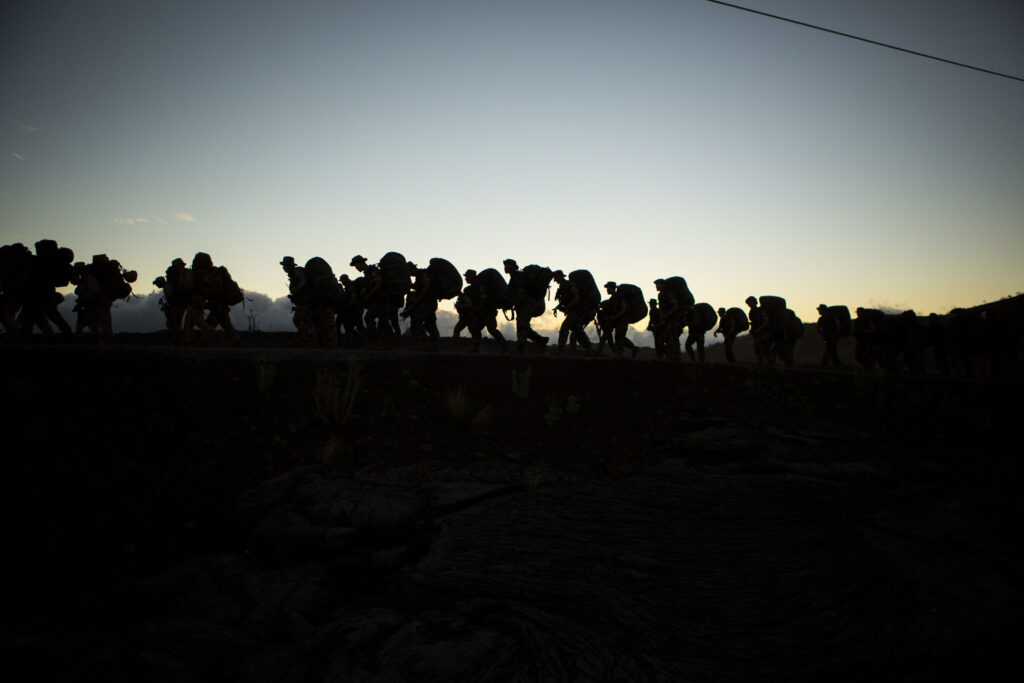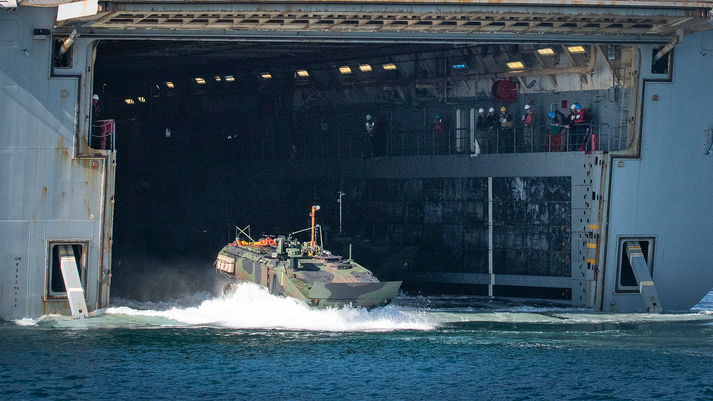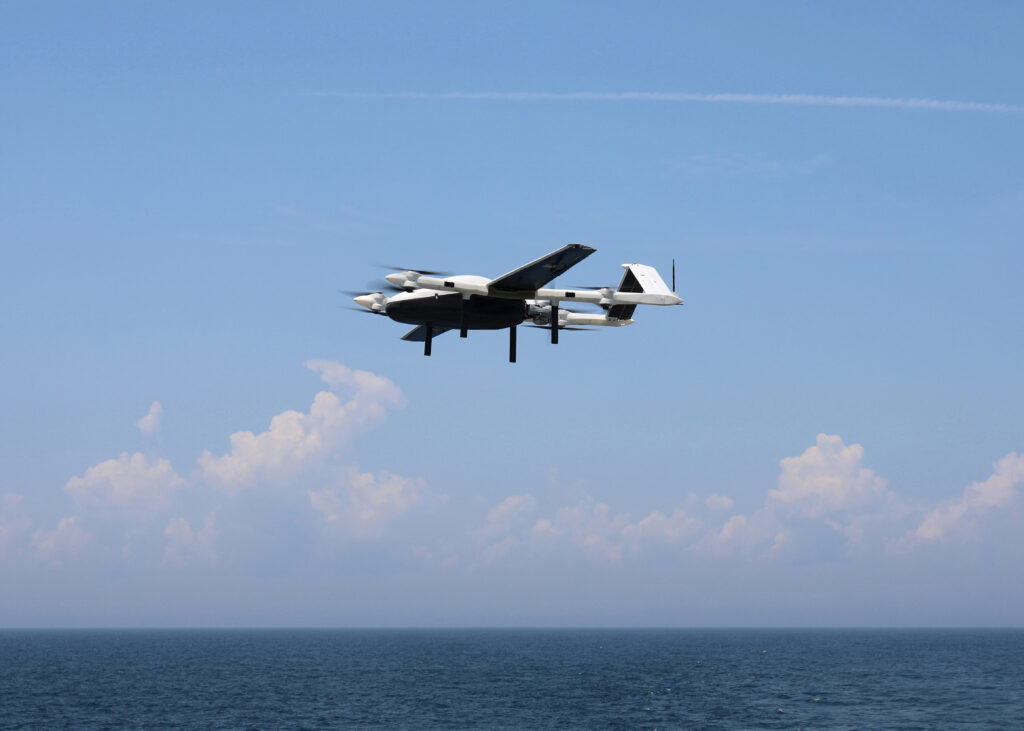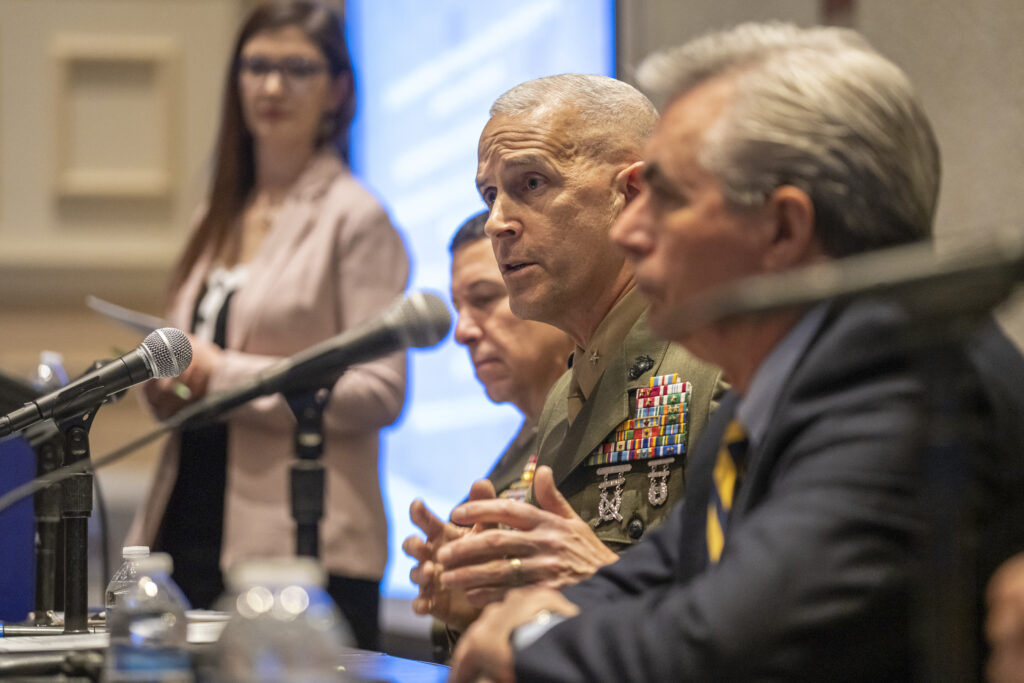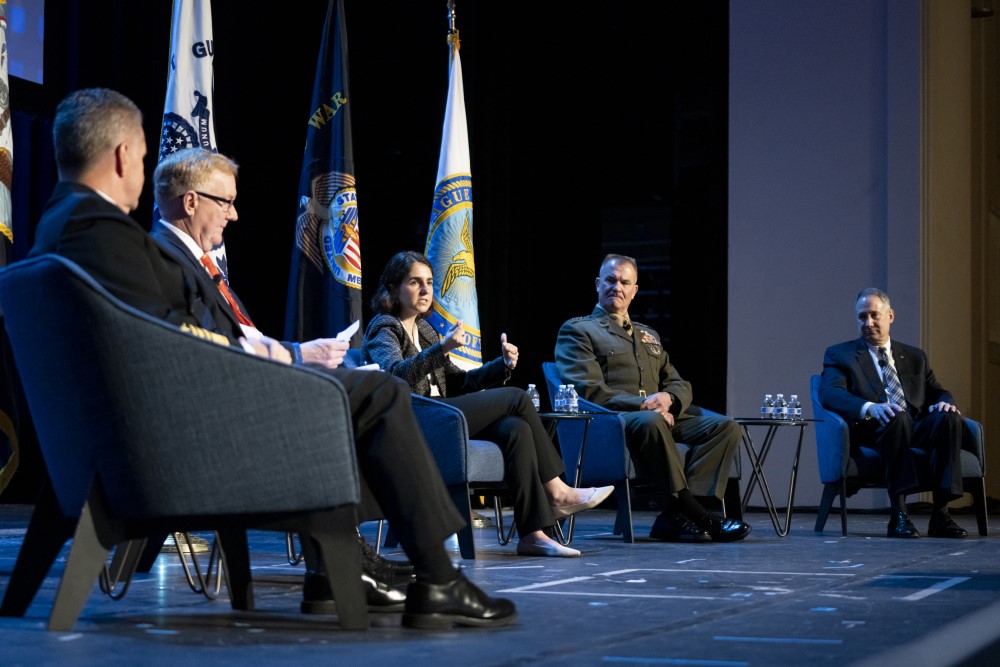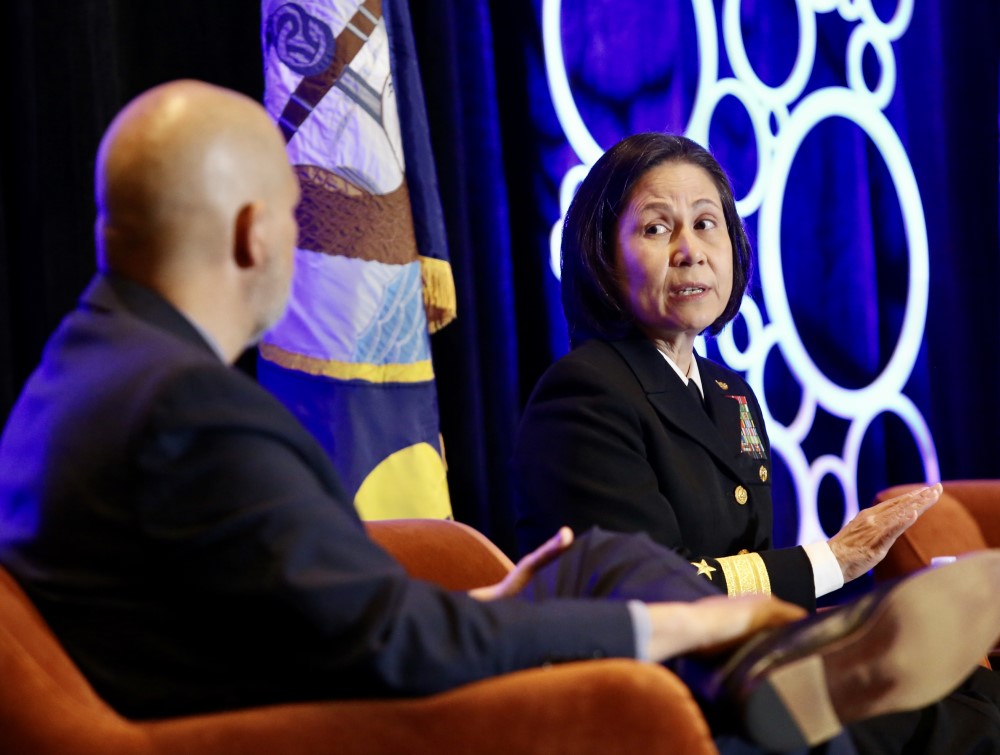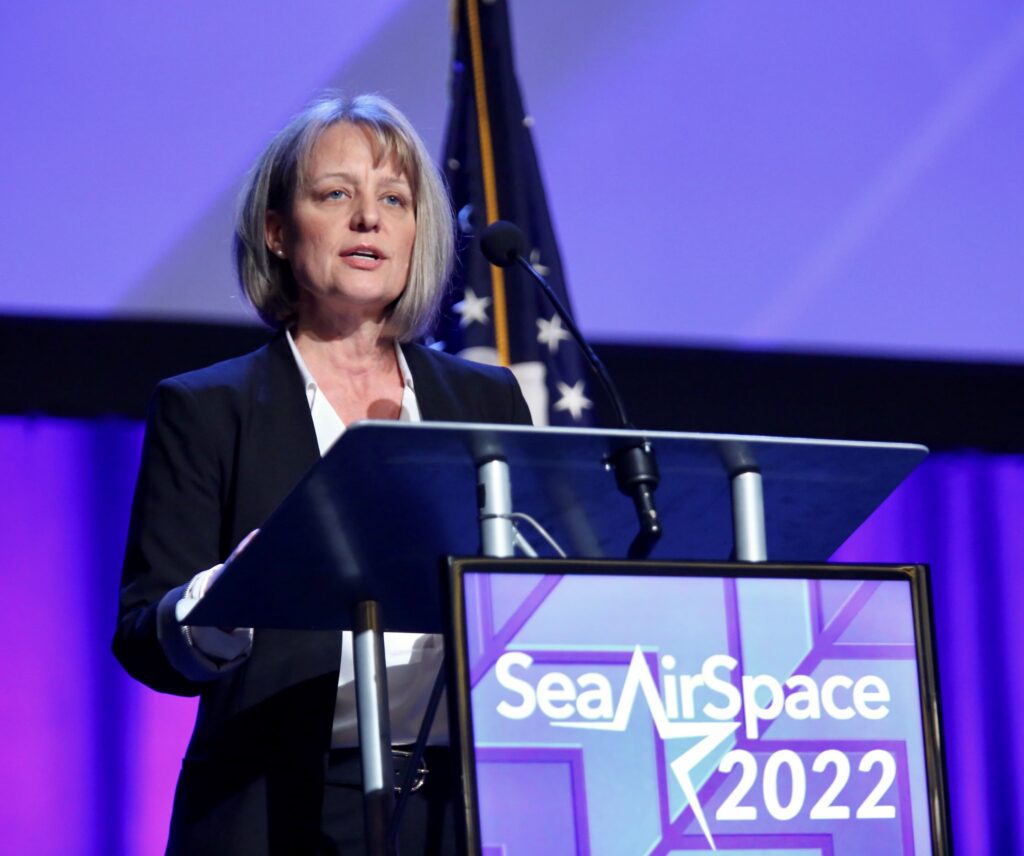Marine Infantry to Become More Commando-Like
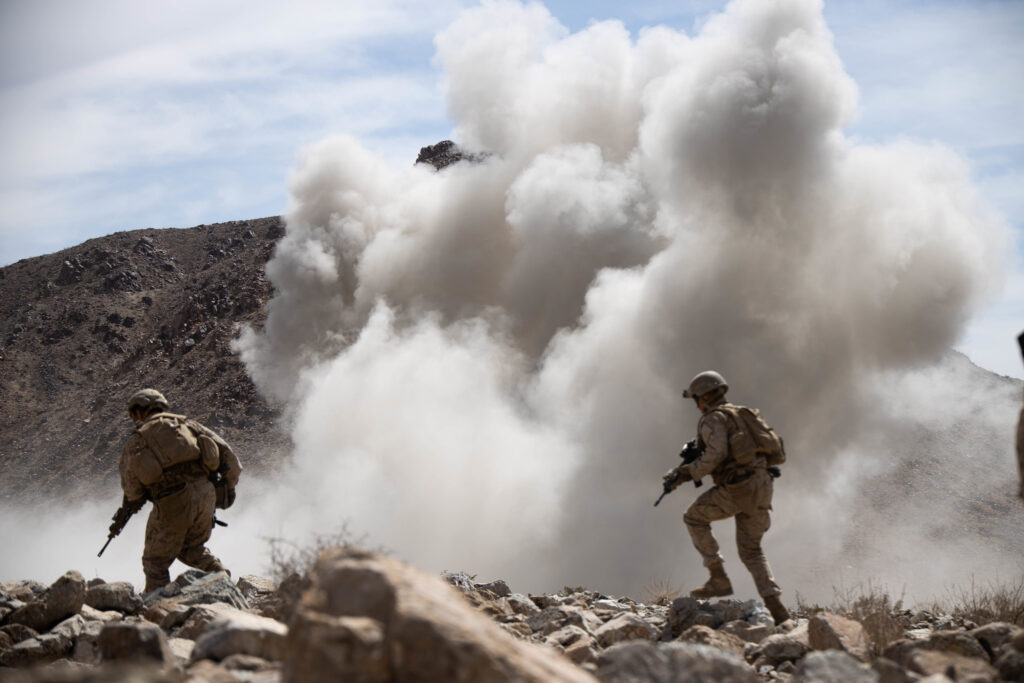
WASHINGTON – A critical element of the Marine Corps’ 2030 force transformation process is a sweeping array of changes in how they train and educate their Marines, from recruiting training, through infantry and advanced skills instruction to the combat exercises among the war-fighting units. The basic thrust of these dramatic changes is to create a more lethal, resilient and innovative force that can adapt to the rapidly changing technological character of war and the actions of any future peer adversary, a panel of the Corps’ top training officers said May 12.
The goal is “to create a generation of Marines who will be able to out wit, out pace and out fight any 21st century adversary,” said Col. Howard Hall, assistant chief of staff of the Marines Training and Education Command (TECOM). But throughout these dramatic transformations, the traditional Marine “rigorous standards will continue to apply” so the future Corps will be “a certain force in an uncertain world,” Hall said.
A major focus of the improved training is on the infantry, with expansion and intensification of the initial and advanced training for both enlisted and officer infantry Marines and higher standards for assignment to what has traditionally been the essential core of the Marines’ warfighting doctrine.
Responding to direction from Marine Corps Commandant Gen. David Berger, “we’re going to make our infantry Marines more like (Army) Rangers, more commando-like,” said Maj. Gen. Julian Alford, commanding general of Training Command. To prepare for that change, Alford said he and his staff visited the 75th Ranger Regiment, who are designed as light-assault raiders, and the British Royal Marines, who are traditionally labeled as “commandos. And to better serve these commando-like infantry units, the Marines will require the Navy hospital corpsmen assigned to those units to go through basic infantry training.
Among the training changes underway, are higher intelligence scores, better swimming capabilities and proven performance on obstacle courses, to qualify for basic infantry training, a four-week extension of that training and the addition of a sergeant or staff sergeant to supervise a 14-Marine element during training, he said. They also are extending the infantry officer training course by four weeks, adding more field training including combined arms instruction, Alford added. And there will be additional training in crew-served and anti-armor weapons.
Although the initial recruit training program will not be extended, it will be modified to include periods in which the recruits are given more opportunity to demonstrate leadership and initiative, and the marksmanship training will shift from the standard shooting at fixed-range targets to more combat-like responding to unexpected targets, said Col. Col. Joseph Jones, Commanding Officer Recruit Training Regiment, Marine Corps Training Depot San Diego.
The recruits also will be given a lot more swimming training to improve water survival skills and their training will be more closely supervised by an officer, Jones said.
But Jones said, “the critical element , the legendary relationship between the drill instructor and the recruits, will remains. It still is as powerful as it’s ever been.”
To support this intensified and redirected training, the Corps is making major expansion and modernization to its combat training infrastructure, with more simulation and constructive capabilities that can tie widely separated personnel into a combat scenario.
The overall factor in these significant changes is the need to change from what Hall called “industrial-age training models, one size fits all,” to produce quantity of bodies to an “information-age” process to prepare for the future “multi-domain, multi-spectral fight.”
